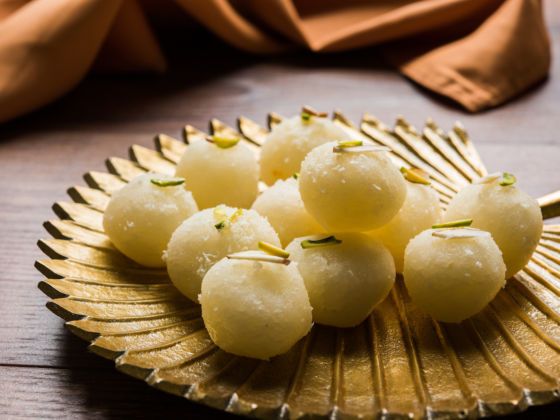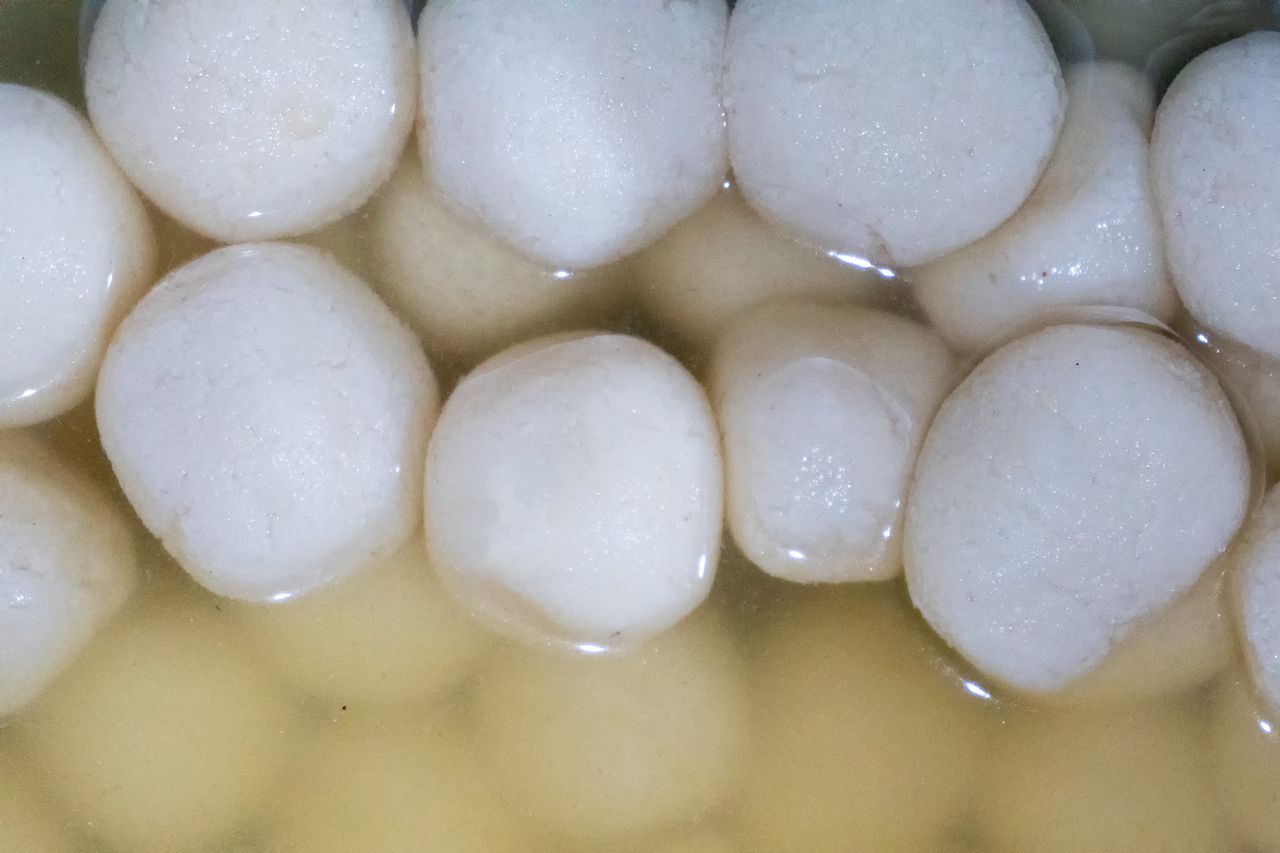If you’ve enjoyed Indian food in the United States, it’s likely that you’ve come across paneer. This soft cheese doesn’t melt and appears in curries and biryani as white cubes that are similar in appearance to haloumi or queso blanco. If that’s where your knowledge of Indian cheese ends, though, you have a lot of learning to do.
In India, cheese might not exactly be common, but the varieties that do exist are diverse in flavor and texture — and they come from all over the country, from Bengal to the Himalayas. One variety is so tough that it can be chewed slowly like gum while another more rare variety has an aromatic smoky flavor. Many others are the basis for sweets sold by street vendors all over India. In fact, the foundation of some of the most beloved desserts in India — from sandesh to gulab jamun — is creamy, tangy, salty cheese.
Here are five types of cheeses any connoisseur of Indian cuisine should know about.



